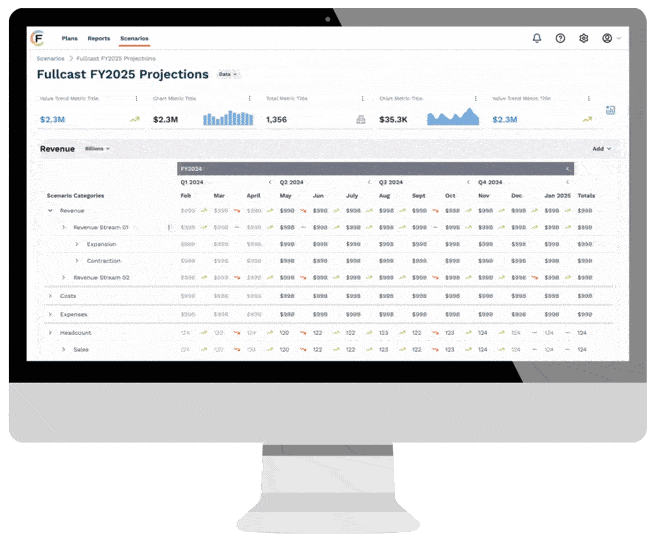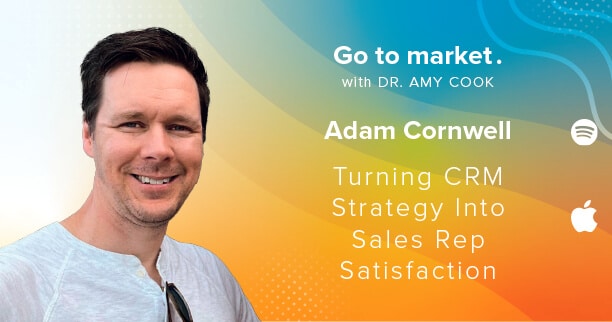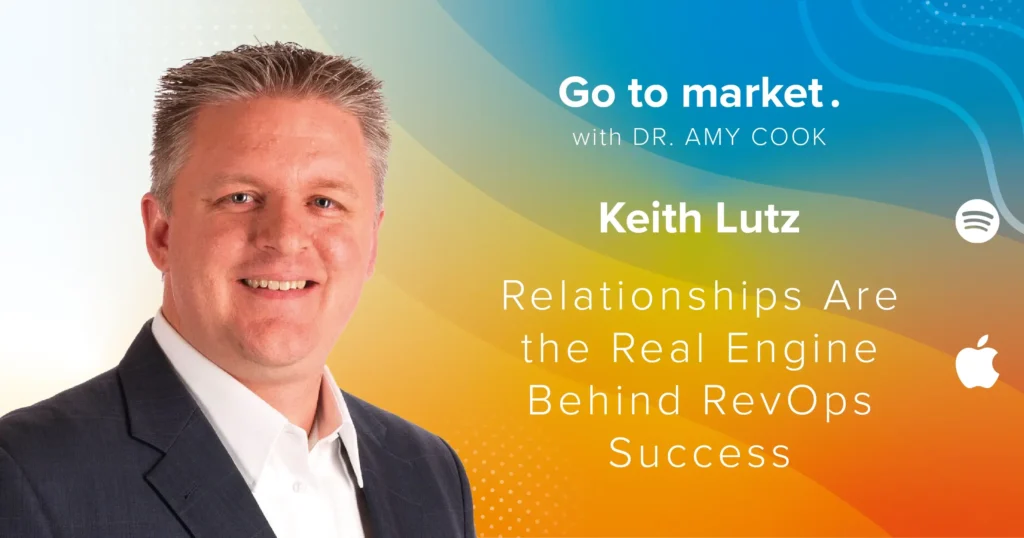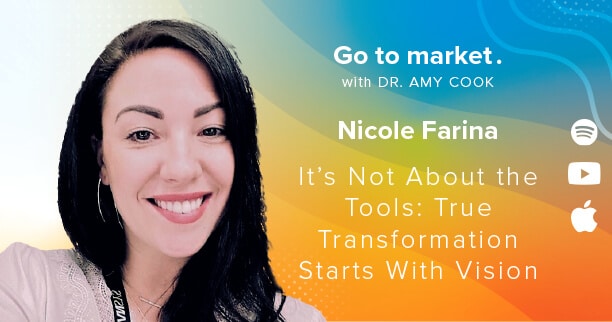Fullcast for CROs
Revenue Problems. Solved.
Worried about making quota, distributing territories evenly, or enabling your sellers to sell? Fullcast makes it easy to plan, manage, and track all of your GTM operations in one AI-driven, automated platform.
Drive Revenue. For Real.
As a CRO, delivering predictable revenue every quarter is a top priority. And it’s not easy. You’ve got pressure to grow exponentially, deliver more with less, keep your team selling, and make it look easy.
Fullcast is built to help CROs go to market. We’ll help you streamline planning, keep your team’s morale high, collaborate well with other departments, easily access data-driven insights, and reduce admin work so your team can sell and grow. The platform you’ve always wanted is here.

Elevate Sales Rep Performance
Gone are the days of keeping everything on spreadsheets. You need real-time insights into territories, quotas, sales capacity and more so your team is always on track to meet targets.
Streamline Transitions and Territory Shifts
Reassigning territories, leads, and accounts as teams change can stall progress. With an AI-enabled, automated solution in place, you can stay focused on revenue goals.
Accelerate Revenue Recognition
As you grow, you need the flexibility to adjust plans and quotas so you can manage scaling challenges, new markets, and global expansions.
Hear From Revenue Leaders About the Impact of Fullcast.

What You’ve Always Wanted in a RevOps Platform
Streamline Planning.
- Simplify territory and quota planning, minimizing lost selling time.
- Dynamically adjust territories for fast response to market shifts, product launches, or GTM changes.
- Plan capacity in real time, optimizing your team’s headcount.



Prioritize Selling, not Admin Work.
- Automate admin tasks so your team can focus on lead generation, pipeline maturity, and closing deals.
- Reduce time spent managing quotas, territories, and rules of engagement.
- Enable fast growth in a scalable environment, maximizing rep productivity.
Collaborate Better.
- Align sales, RevOps, and marketing teams, eliminating silos.
- Centralize ICP and segmentation management, driving smarter targeting and global expansion.
- Perform what-if scenarios with the entire GTM team, building consensus.
- Track performance to plan in real time.



Get Data-Driven Insights to Accurately Predict Revenue.
- Access real-time tracking of capacity, quotas, and territories.
- Align revenue recognition across diverse geographic and global markets.
- Enable teams to use analytics to make strategic decisions on how to best meet revenue targets.
Boost Team Morale with Clear Goals and Support.
- Build sales rep confidence that territories are equitable with SmartPlan AI, our AI territory balancer.
- Set transparent quotas and accountability measures, empowering reps to understand and achieve their targets with confidence.
- Show lead routing policies, giving the team confidence in lead management strategy.
- Review GTM strategy together with collaborative what-if analysis.



Become Best Friends with Your CFO.
- Seamlessly align GTM strategy with financial goals and revenue recognition standards.
- Build territory strategy to support geographic expansion and revenue growth.
- Manage pipeline goals by territory.
- Prioritize resources to enable best performing reps and campaigns.
Collibra Improves Collaboration and Slashes Planning Time by 30%
Using Fullcast, Collibra implemented a new territory segmentation model while improving collaboration and dramatically reducing territory planning time.
Experience Revenue Growth
Without the Operational Friction




TESTIMONIALS
What Our Customers Say About

Resources for Revenue Professionals
Access a wealth of knowledge with Fullcast’s resources. From eBooks to webinars, find everything you need to enhance your revenue operations.






























